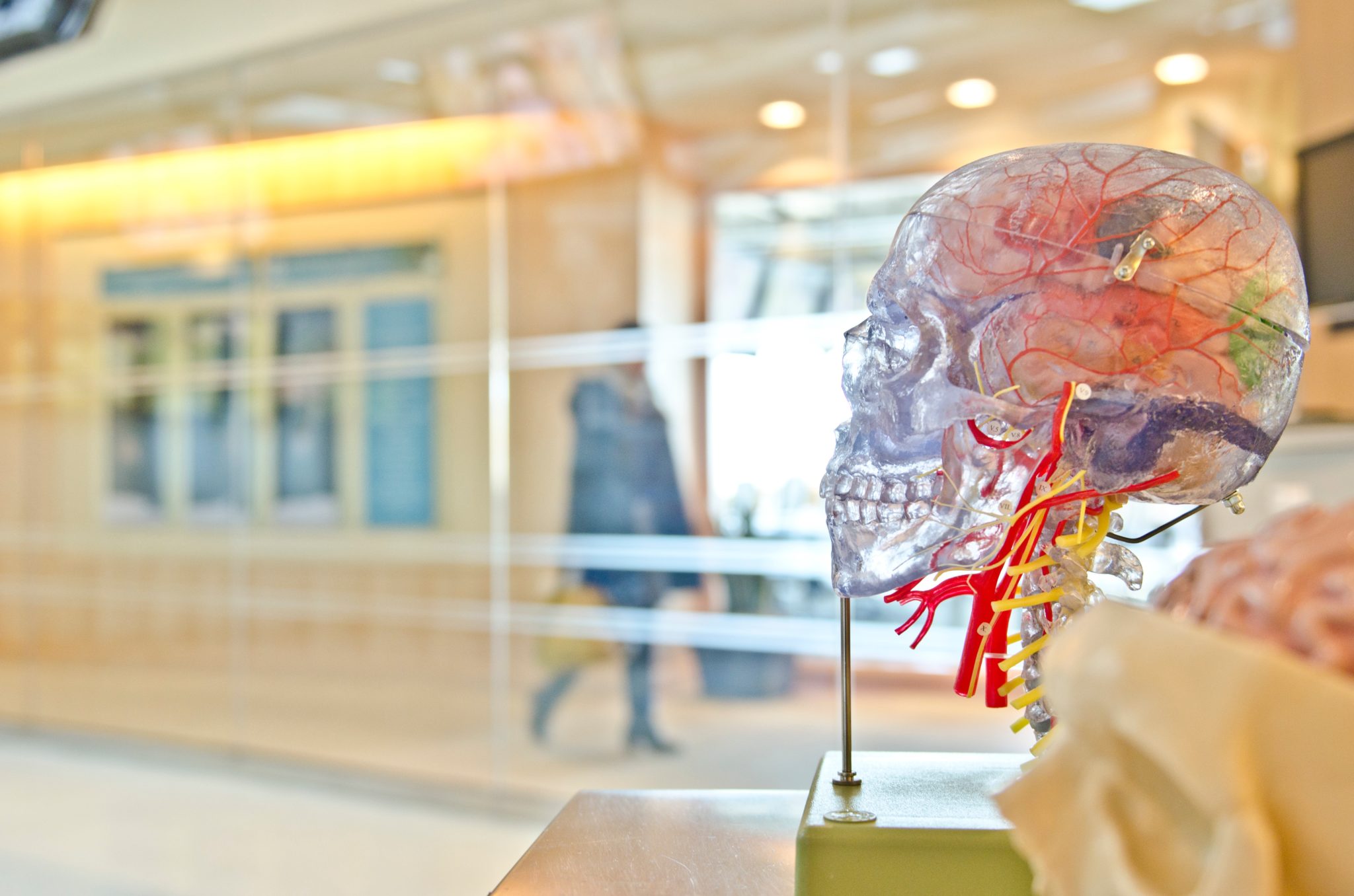Is Artificial Intelligence Dangerous? Our Thoughts on the Matter.
If you’ve followed us for some time, you’re well aware that we like to discuss the future of technology, Artificial Intelligence, data, and analytics. And what is at the forefront of thought concerning AI more often than this one question: is artificial intelligence dangerous?
Many thought-leaders, like Stephen Hawking, think AI will be the death of us all. But we don’t quite agree with that doomsday attitude. We think, much like anything in this world, AI and it’s inherent danger or safety is in how we use it. So, really, it’s up to us.
We enjoyed this article on Futurism, titled, “Artificial Intelligence is Only Dangerous if Humans use it Foolishly”. We’ve got a couple of favorite parts of the article that we’ll share here, but you should definitely go read it for yourself and join us in discussing this important question.
There are a lot of concerns over the safety of AI (in most science fiction movies the AI outsmarts us too quickly), and there are very real concerns that AI will replace a large number of jobs (47 percent, according to this study).
There may be a big push to use AI to replace everything and everyone, but as Dom Galeon says, “Moreover, there’s the danger of looking at AI as the magical solution to everything, neglecting the fact that AI and machine learning algorithms are only as good as the data put into them.”
Artificial Intelligence is only as dangerous as we make it.
It’s not the AI we should fear. It’s the way humans will utilize that AI. And while we can sit and imagine numerous doomsday scenarios, the plain fact is that AI will likely replace many of the utilities and jobs we rely on now. Hopefully, this move will improve the human condition. But the AI can only do what we allow it to do. What algorithms are we using? What data are we feeding it? We should keep this in mind so that we don’t let the need get ahead of us.
As Galeon says, “Ultimately, the greatest threat to humanity isn’t AI. It’s how we handle AI.”
What are your thoughts on the future of AI? Should we fear it? Share your ideas in the comments.

